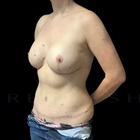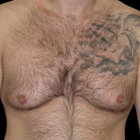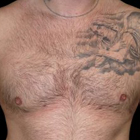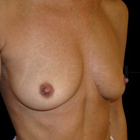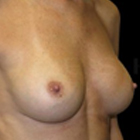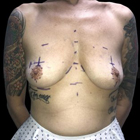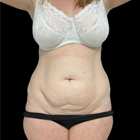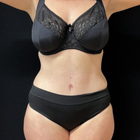As anyone who suffered from acne during their teenage years will tell you, it’s a relatively simple ailment to treat: you slather on the zit cream, lock yourself in the bedroom for a while, and it’s gone. As anyone who’s suffered from serious acne – the kind that leaves scarring – will tell you, it’s not as simple as that, particularly when you’re past the puberty stage.
Luckily, there’s an effective treatment which can revitalise damaged complexions: it’s called Microneedling. This process involves a plethora of tiny titanium needles which are rolled over the skin with a special applicator, which does three things: stimulate the surface area, promote an increase in natural collagen and elastin production, and improve circulation – which kickstarts the natural repair and regeneration of the treated area deep within the skin layers
Introducing the Dermaroller
The treatment procedure is simple: a topical anaesthetic is applied to the treated area 30 minutes in advance of a brief session where the Dermaroller is pressed and moved across the treatment area. Each ‘roll’ creates extremely tiny punctures across the skin, which initiates the healing process which regenerates the area.
The key advantage to the Dermaroller treatment is that it introduces no chemicals to the body – it merely activates and maximises a natural healing process. And the post-treatment symptoms are minimal: a little skin redness – which fades after a couple of days at most. Studies conclude that skin improvements continue to develop for up six months afterwards, making it a very effective treatment.
Does it hurt?
Obviously, there is an element of mild discomfort during the treatment, although that depends on what part of the body is being treated – and while clients usually experience dryness and flakiness in the treated area a couple of days after the treatment, that’s a natural consequence of the increased production of skin cells, and by the end of the week, there is a visibly smoother and healthier appearance.
Need more information? Consult our Dermaroller page here.





